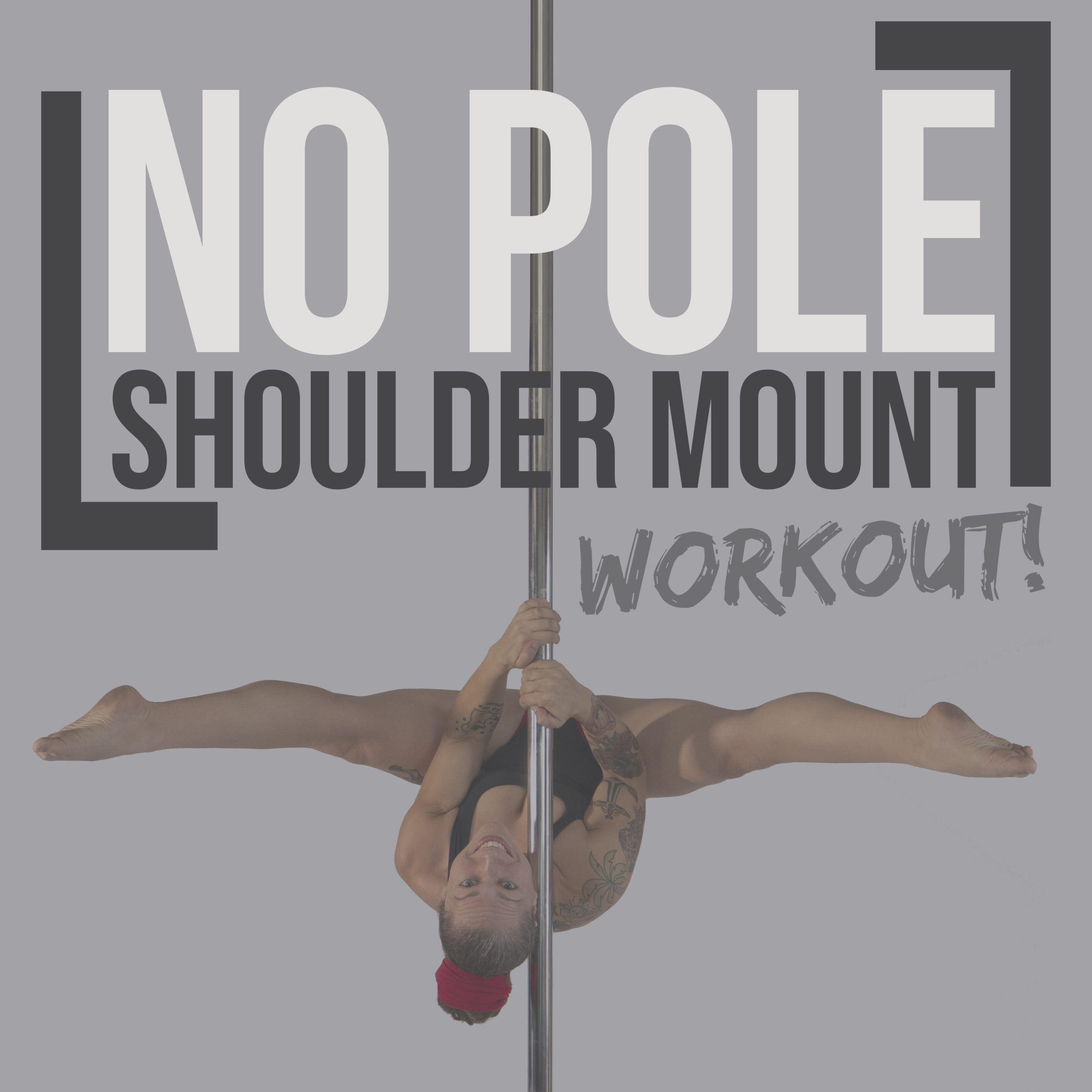

Perhaps the most famous example of an injury from an improperly performed piledriver came at the 1997 WWF SummerSlam event.

If the head is not secured and is protruding from between the wrestler's legs, the wrestler receiving the move risks serious injury and potential paralysis, as they will likely land with the entire weight of their body on the top of their head. If done in this manner, the wrestler receiving the move will land with little or no contact made with the mat, and thus not run the risk of injury. The proper way to execute the move, in most cases, is for the wrestler performing the move to tuck the opponent's head between their legs before falling to the mat (there are variations that are performed differently, as the list below indicates). The piledriver is generally considered a dangerous maneuver in wrestling because of the potential impact on the head and compression of the neck. The impact from the move gave Whitmer a neck injury. Here, Whitmer's head is positioned below Bennett's legs and is unprotected.

Mike Bennett (left) improperly executing a piledriver on B. Due to this, the move is banned in the WWE with the exceptions of Kane and The Undertaker due to their experience and having already established the Tombstone (kneeling belly-to-belly variant) as a finisher. The reverse piledriver is directly responsible for shortening the career of Stone Cold Steve Austin when his opponent, Owen Hart, inadvertently botched the move, legitimately breaking Austin's neck. The piledriver is often seen as one of the most dangerous moves in wrestling. Notable wrestlers who have regularly used a piledriver during their career include Jerry Lawler, Bret Hart, Harley Race, Paul Orndorff, The Undertaker, Kane, The Brain Busters, Buddy Rogers, Minoru Suzuki, Karl Gotch, and Kazuchika Okada.

"The wrestler was piledriven into the canvas"). Someone who has recently been the victim of a piledriver is said to have been "piledriven" (e.g. The act of performing a piledriver is called "piledriving". The name is taken from a piece of construction equipment, also called a pile driver, that drives countless massive impacts on the top of a large major foundation support, burying it in the ground slowly with each impact. The technique is said to have been innovated by Wild Bill Longson. A piledriver is a professional wrestling driver move in which the wrestler grabs their opponent, turns them upside-down, and drops into a sitting or kneeling position, driving the opponent head-first into the mat.


 0 kommentar(er)
0 kommentar(er)
